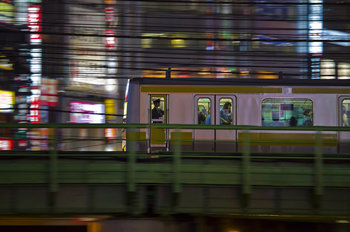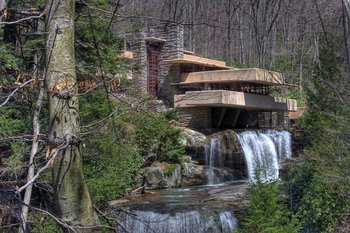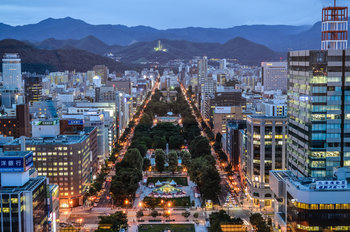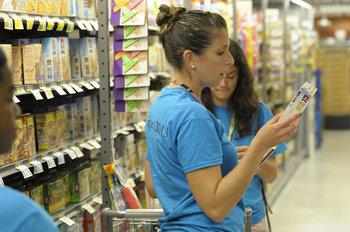
Public Transportation
Spending on improving public transportation in core urban areas as opposed to expanding the system outwards.Brownfields
Developing brownfields into city facilities, parks or attractive commercial developments.Natural Surveillance
Using techniques such as natural surveillance to make downtown neighborhoods lively, busy, attractive spots where people feel safe.Improving the Central Commute
Downtown becomes more desirable when its commutes are safe, short and enjoyable. For example, in Ottawa some people skate to work in the winter on the frozen Rideau canal. Wide sidewalks, friendly public transportation and safe bike lanes help.Repurposing the Infrastructure of the Unpleasant Commute
Replacing parking with parks and roads with pedestrian zones.Mixed-use Zoning
Lively neighborhoods with cafes, shops, public services, employment, transportation, entertainment and night life as opposed to vast separated zones.Air Quality
Improving air quality downtown using techniques such as rooftop gardens and clean air zones.Neighborhood Character
Engaging neighborhoods in placemaking to create features that are unique to each area.Ghost Spaces
Developing ghost spaces with facilities that attract people.Living Street
Convert low traffic streets into community areas by dramatically slowing traffic and installing features such as play streets.| Overview: Urban Consolidation | ||
Type | Urban Design PrincipleCities | |
Definition | Urban design and planning strategies that tend to increase urban density. | |
Related Concepts | ||






























